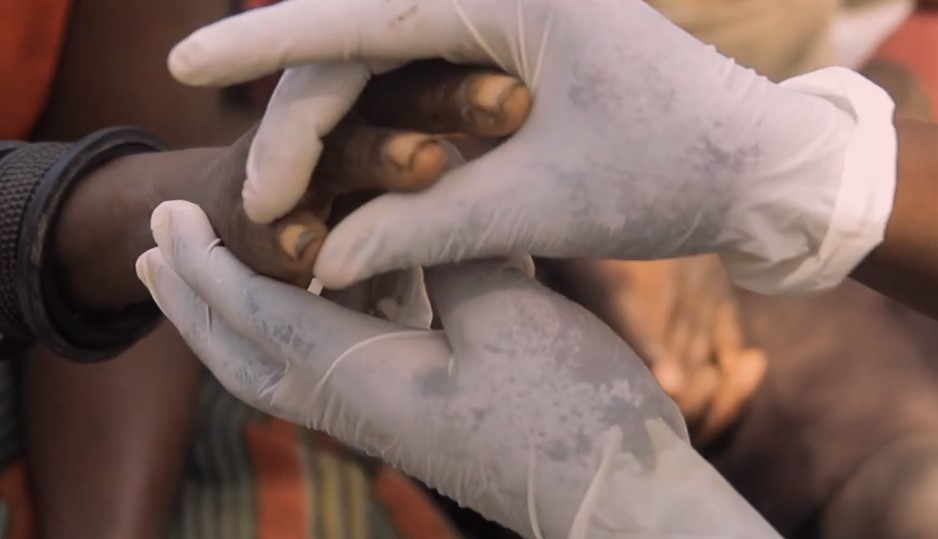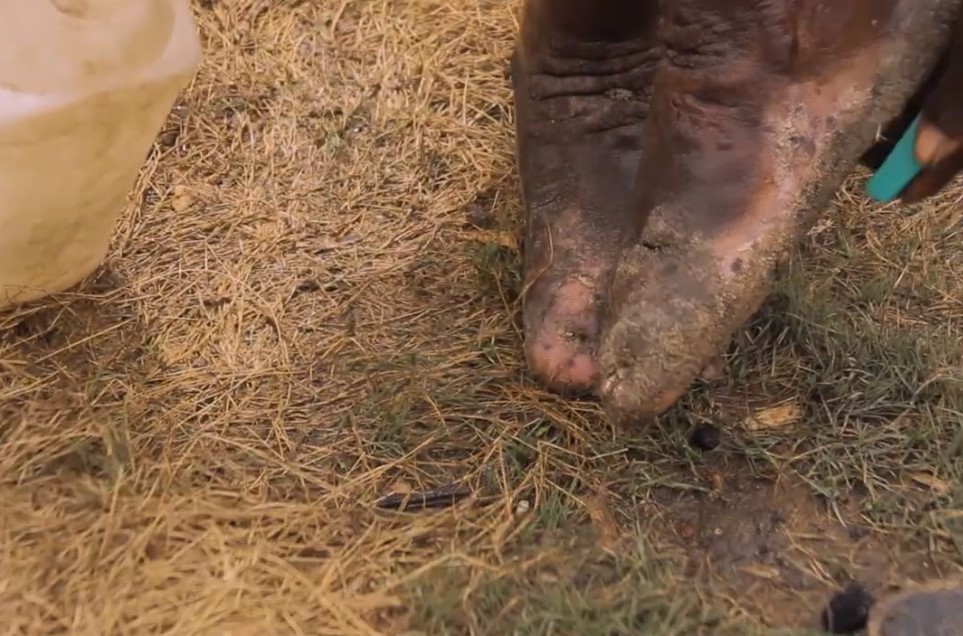Scabies management in Uganda, as in other parts of the world, generally follows standard medical guidelines. Scabies is a parasitic infestation caused by the Sarcoptes scabiei mite, and it requires medical intervention for effective treatment. Here are the common steps in scabies management:
- Diagnosis:
- Scabies is often diagnosed based on clinical symptoms such as intense itching, especially at night, and the presence of burrows or rashes.
- In some cases, a skin scraping may be examined under a microscope to identify the mites, eggs, or fecal matter.
- Topical Medications:
- The primary treatment for scabies is the application of topical medications to the entire body, usually in the form of a cream or lotion.
- Commonly used medications include permethrin or ivermectin. These medications work to kill the mites.
- Treatment of Contacts:
- All close contacts, including family members and sexual partners, should be treated simultaneously, even if they are asymptomatic, to prevent reinfestation.
- Environmental Measures:
- Bed linens, clothing, and personal items should be washed in hot water and dried at a high temperature to kill any mites or eggs.
- Vacuuming the living environment can help remove mites from the environment.
- Symptomatic Relief:
- Itching and inflammation can be relieved with antihistamines and topical steroids. These medications provide symptomatic relief while the scabicide works to eliminate the mites.
- Follow-up:
- It is essential for individuals diagnosed with scabies to follow up with healthcare providers to ensure that the treatment has been effective. Sometimes, a second round of treatment may be necessary.
- Education and Prevention:
- Health education about scabies transmission and prevention is crucial to prevent reinfestation. Emphasizing personal hygiene and avoiding close contact with infected individuals can help prevent the spread of scabies.




Leave a Reply